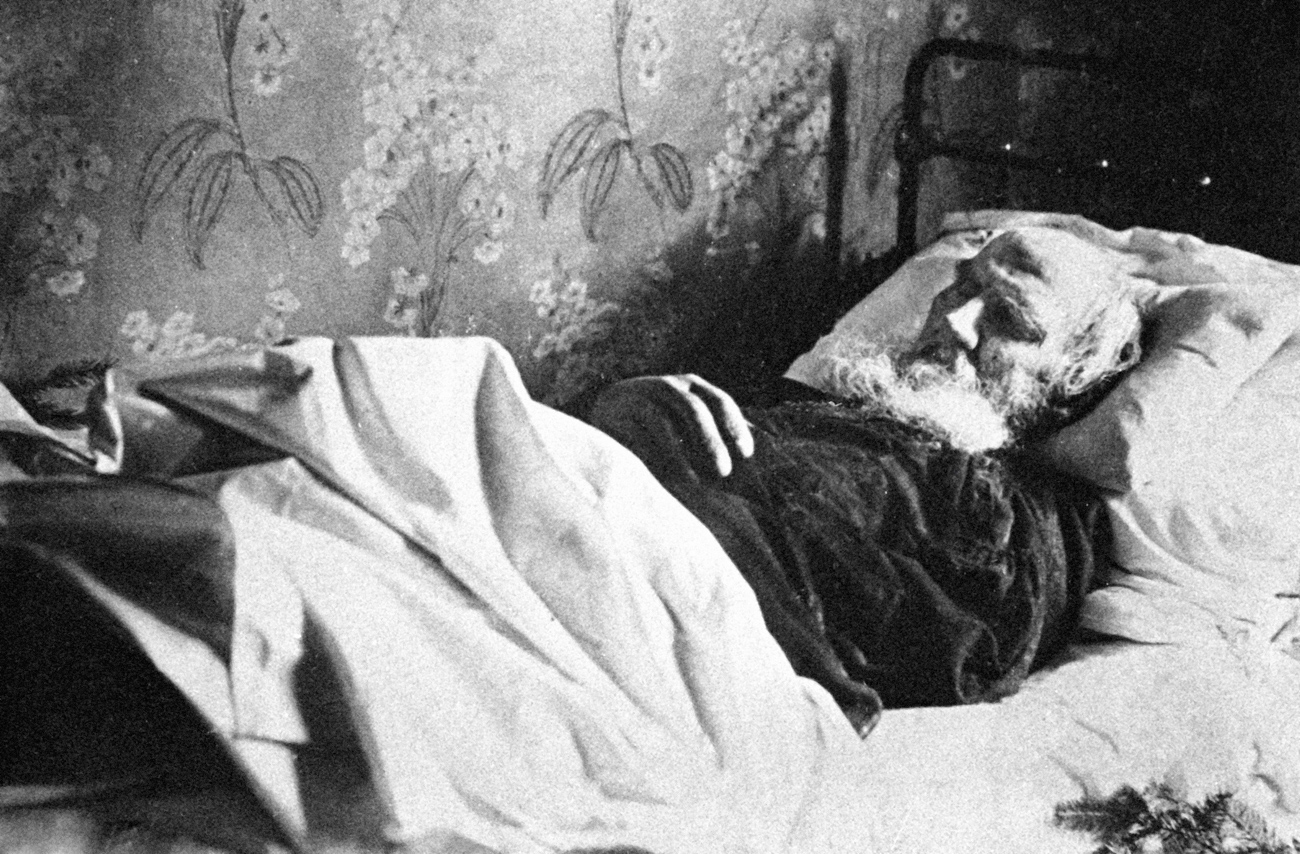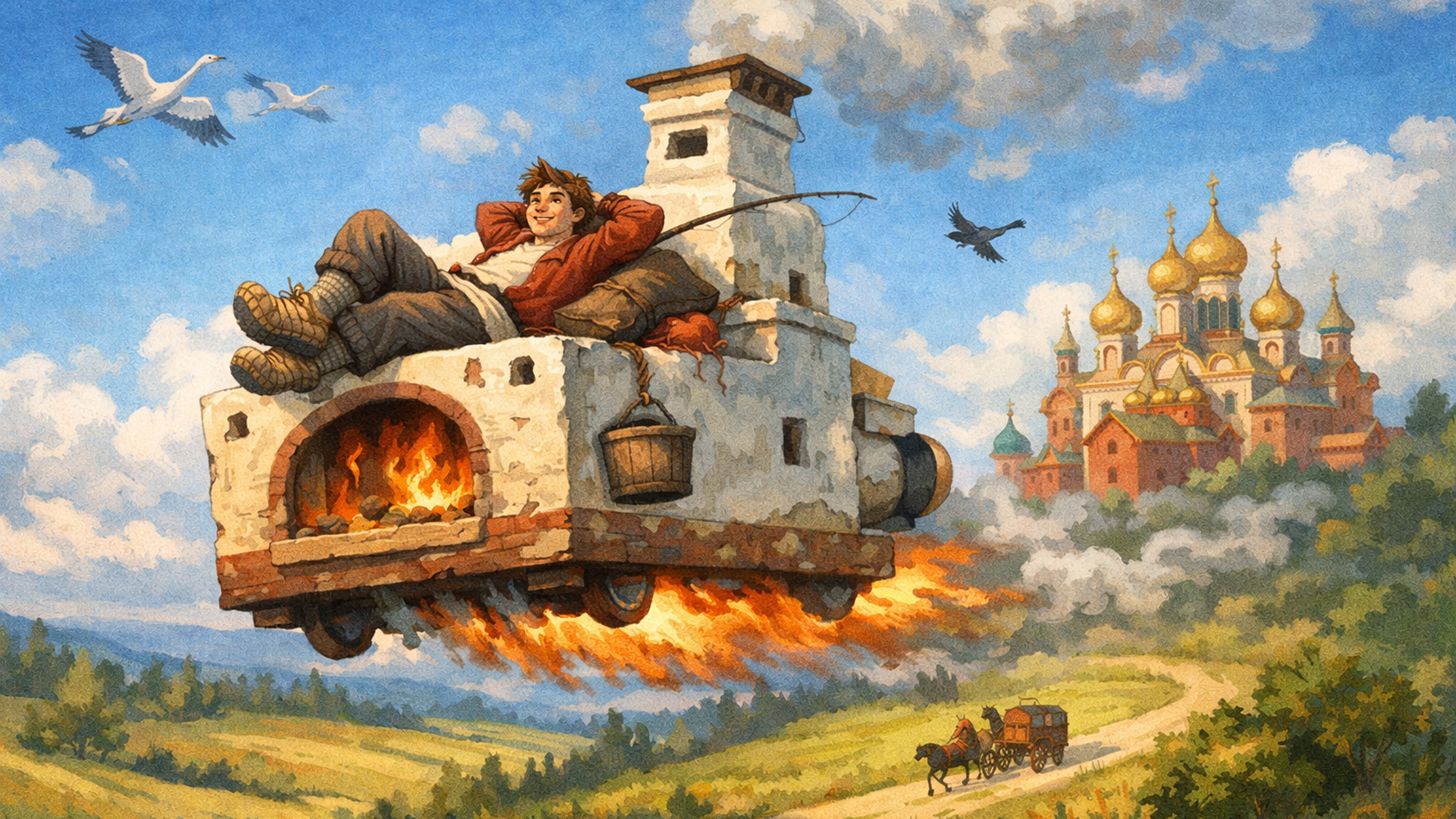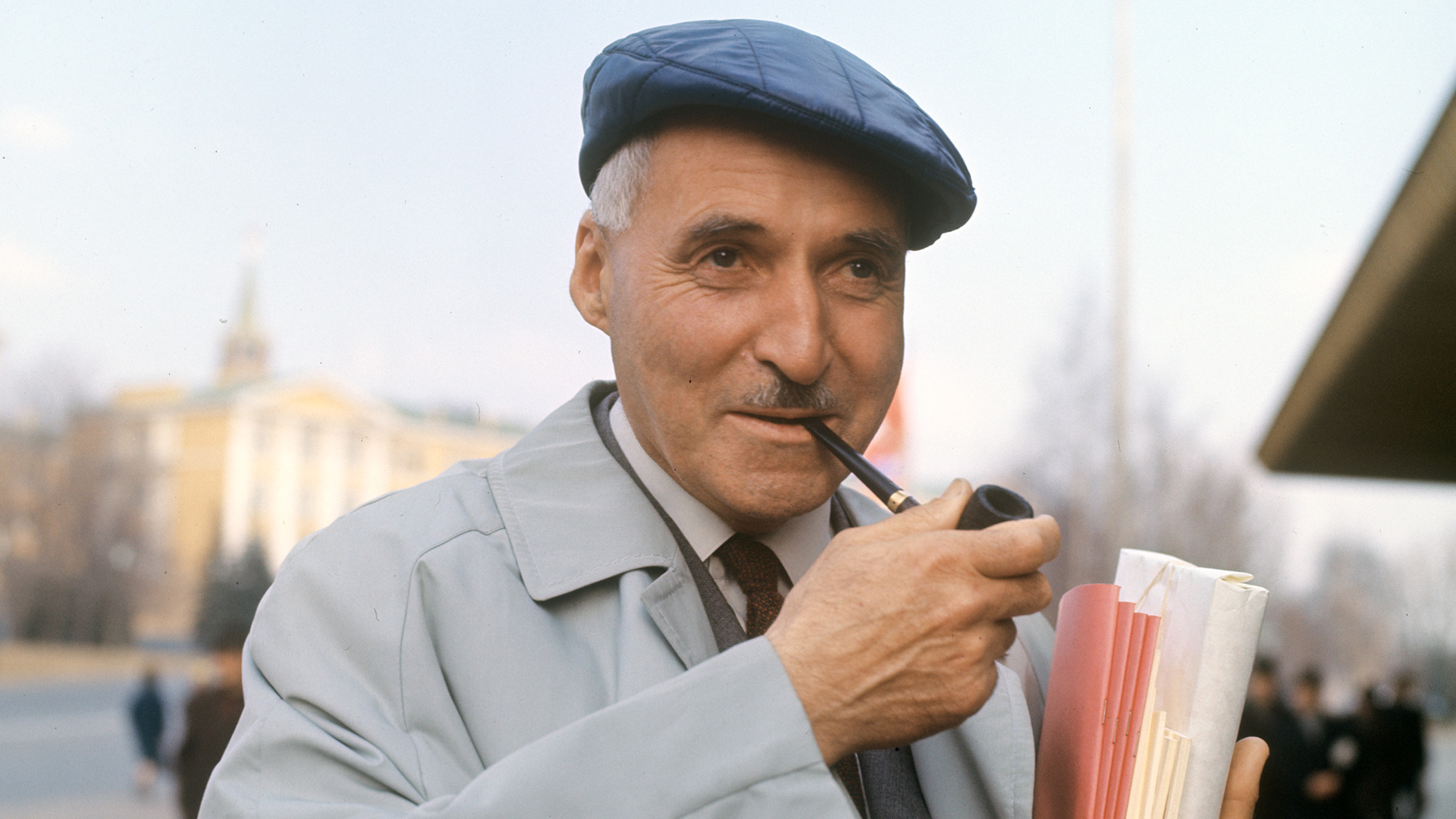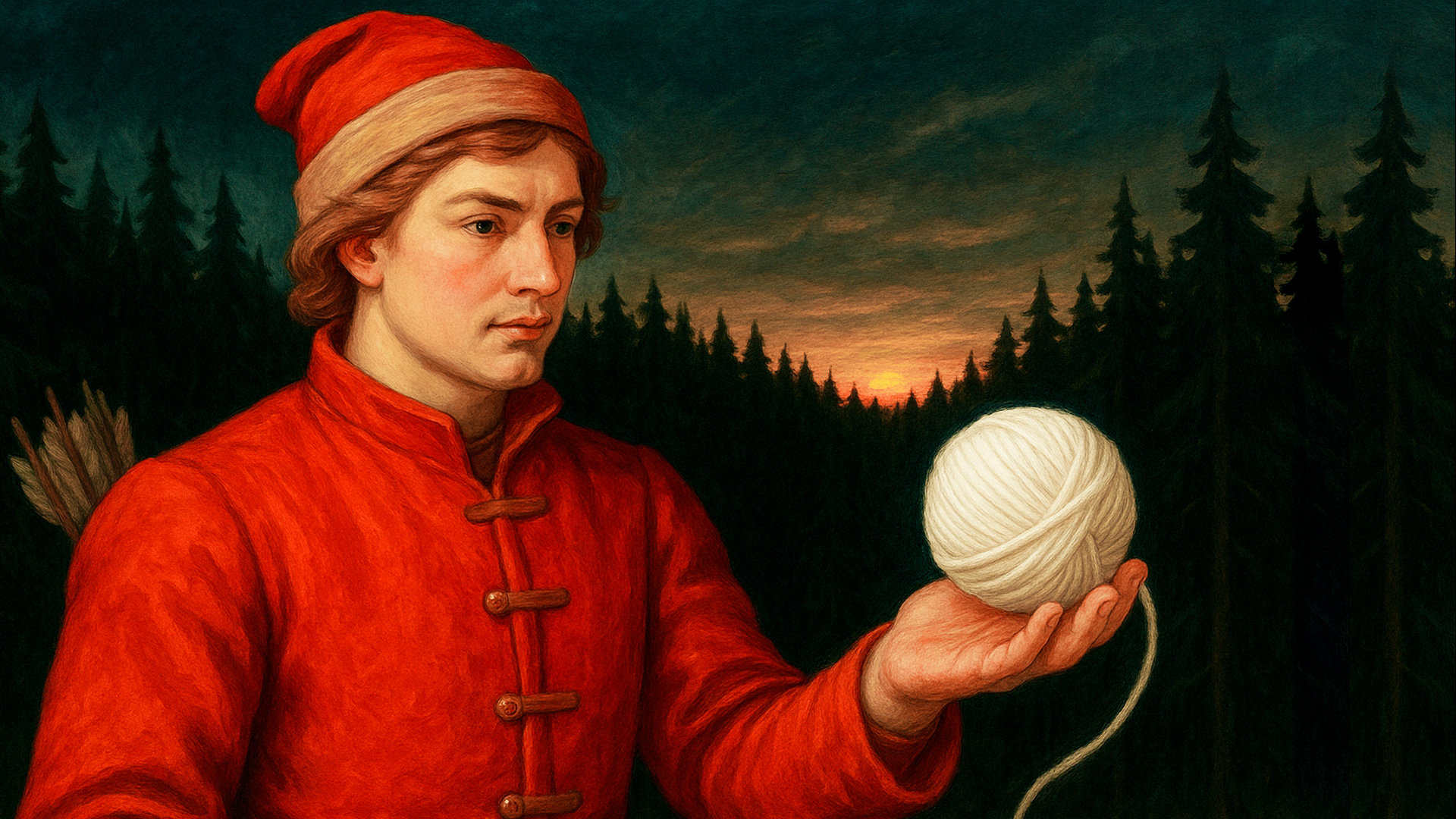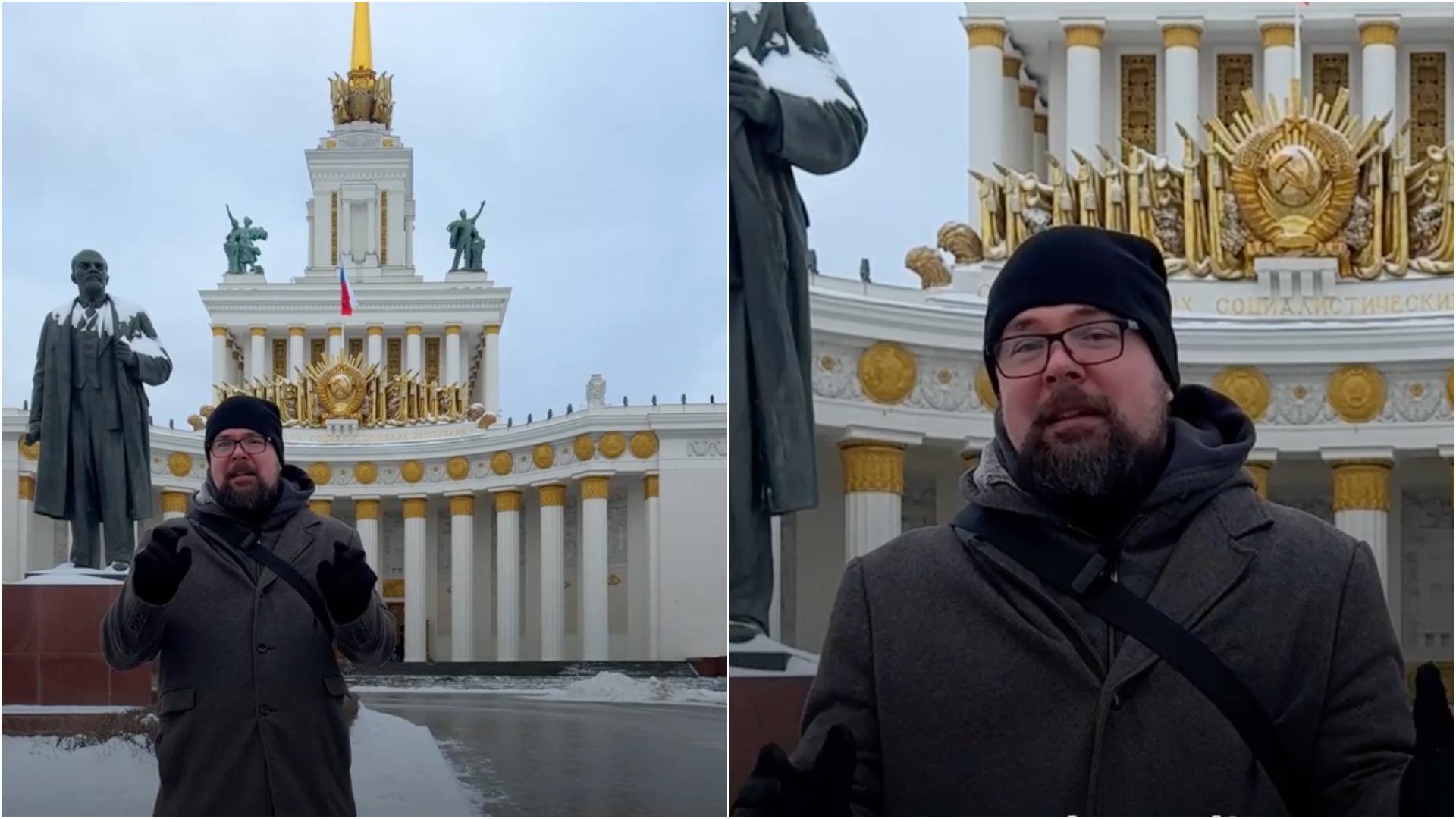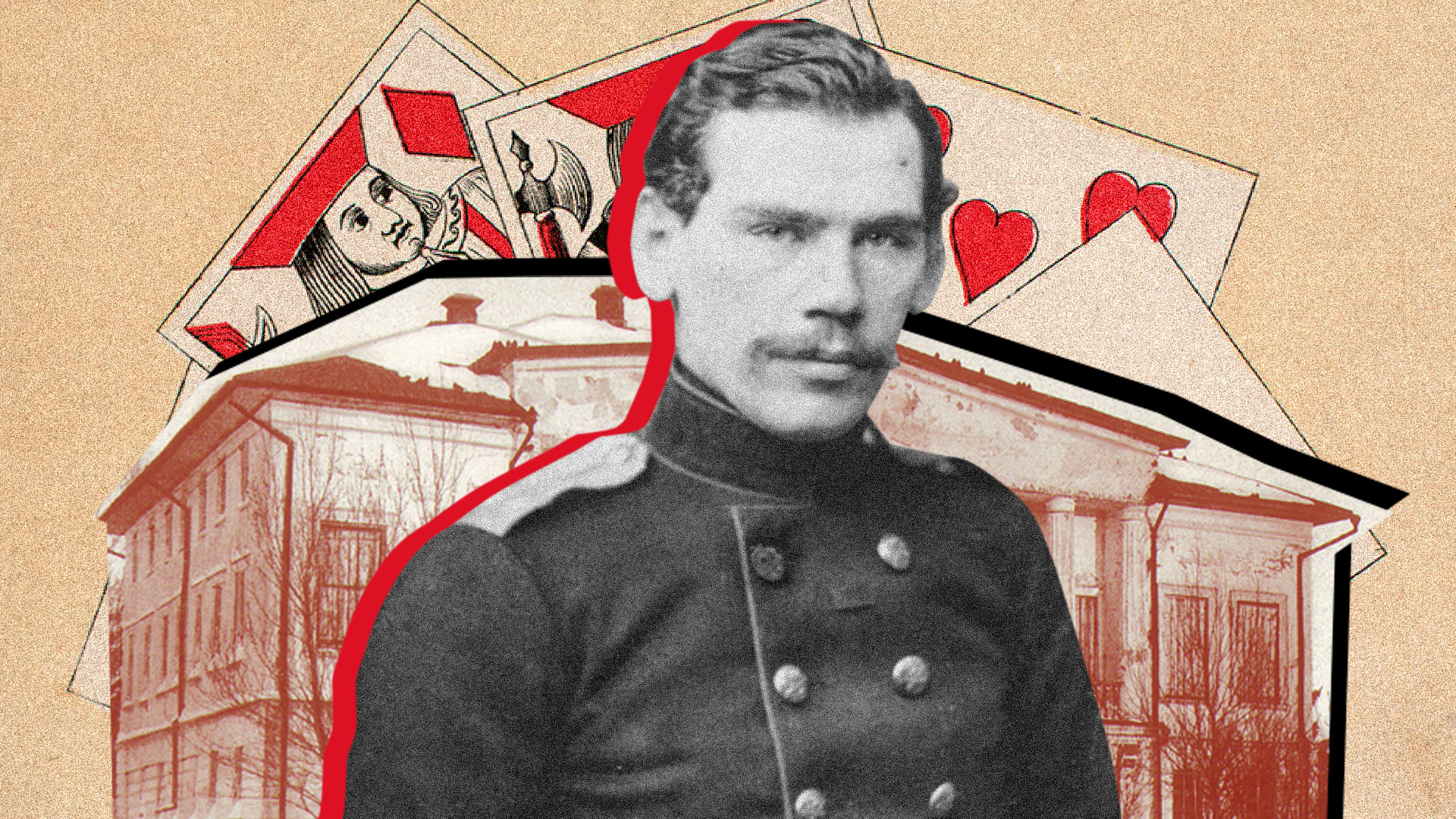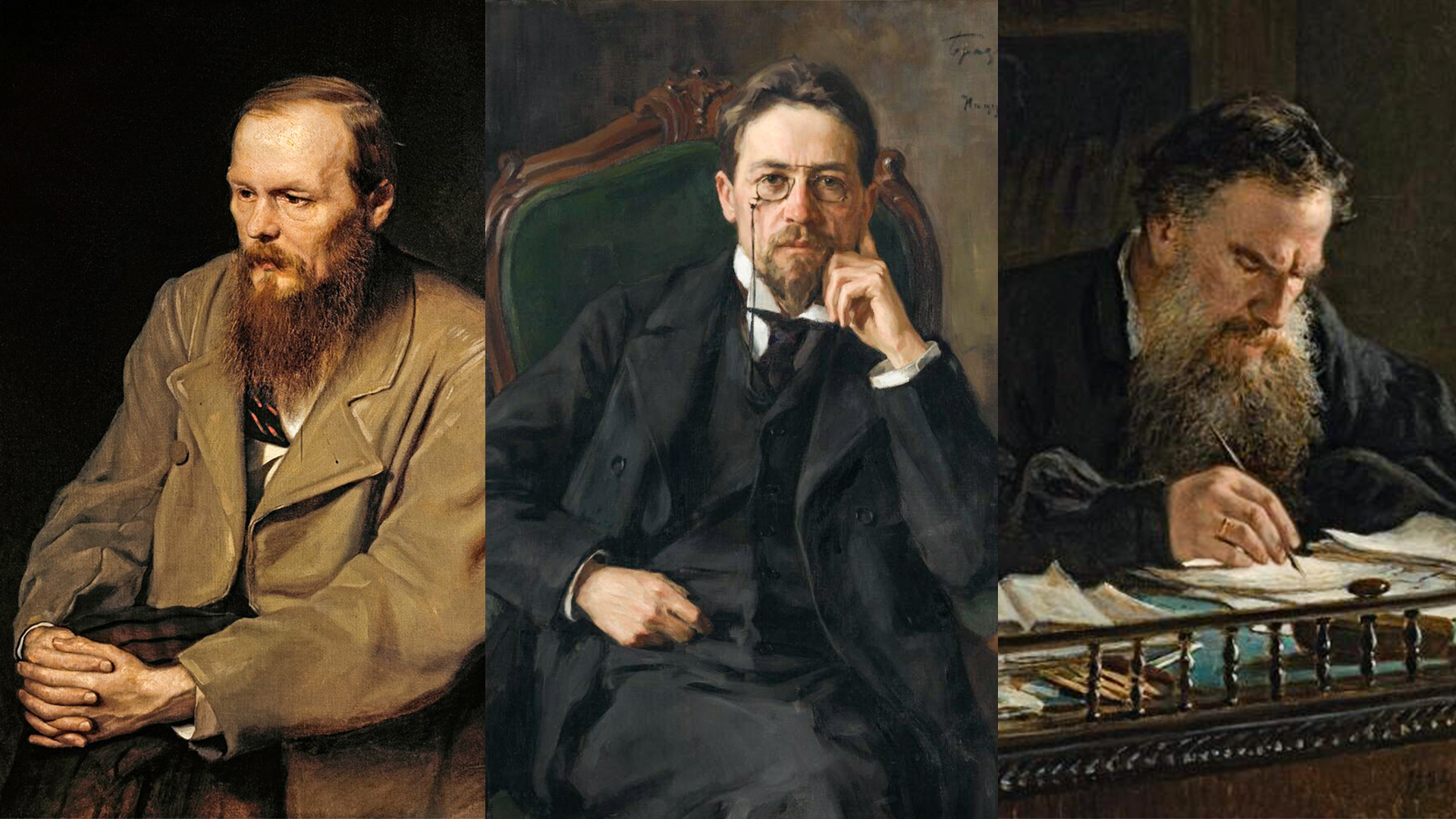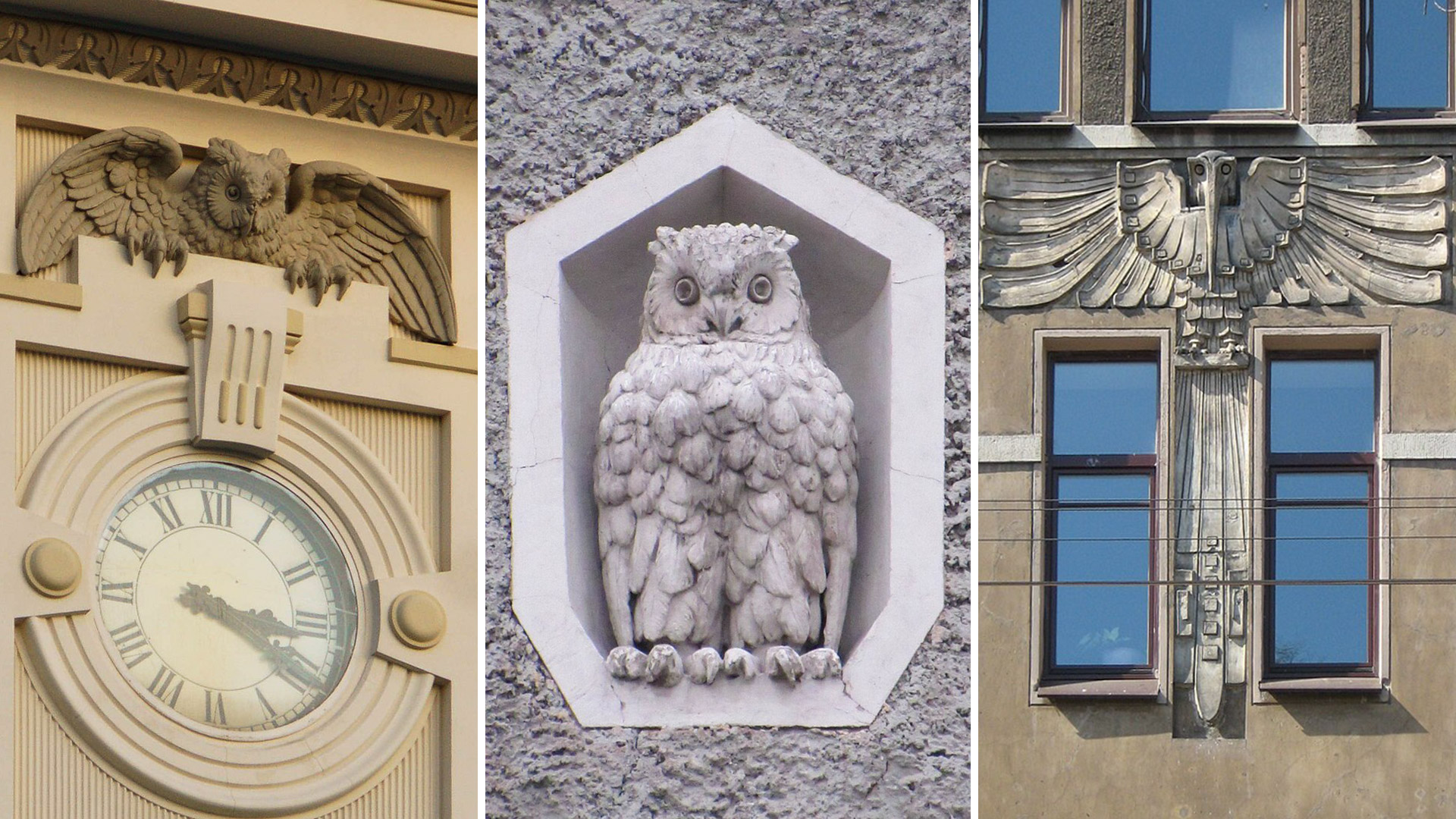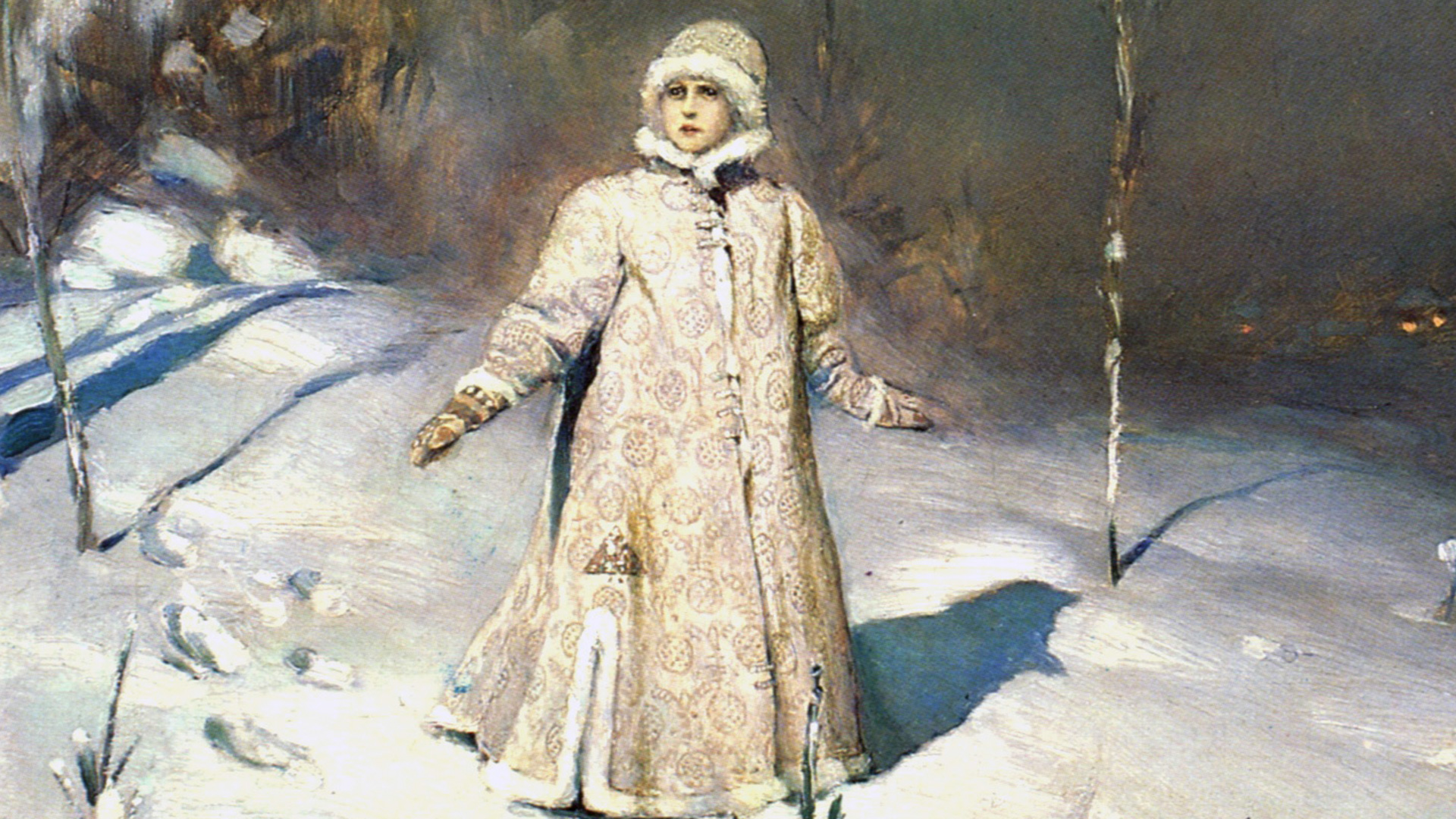
8 main places in Leo Tolstoy's life (PHOTOS)
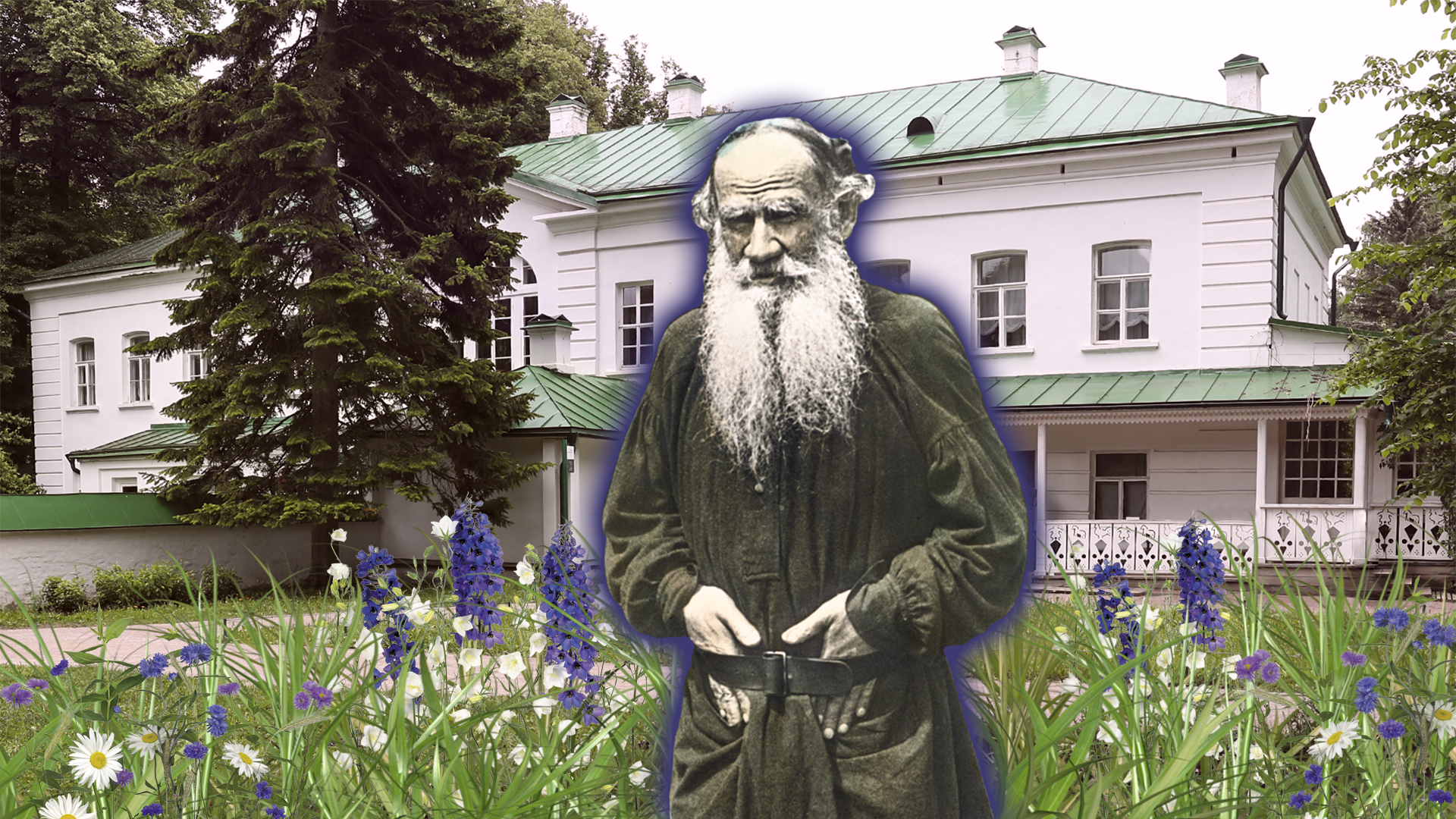
1. Yasnaya Polyana Estate, Tula Region
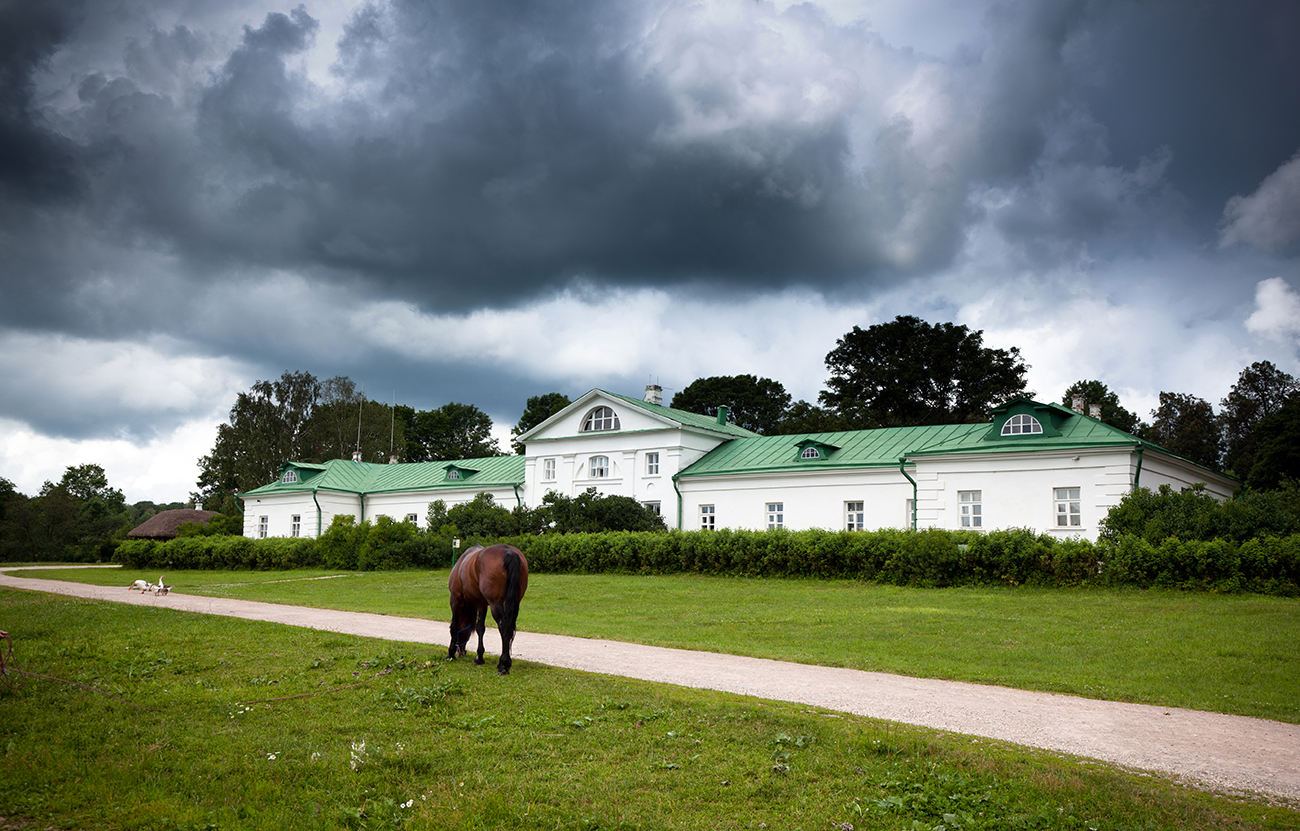
Leo Tolstoy was born at this family estate not far from Tula (about 200 km south of Moscow). He lived most of his life there and wrote almost all of his major works, including ‘War and Peace’ and ‘Anna Karenina’.
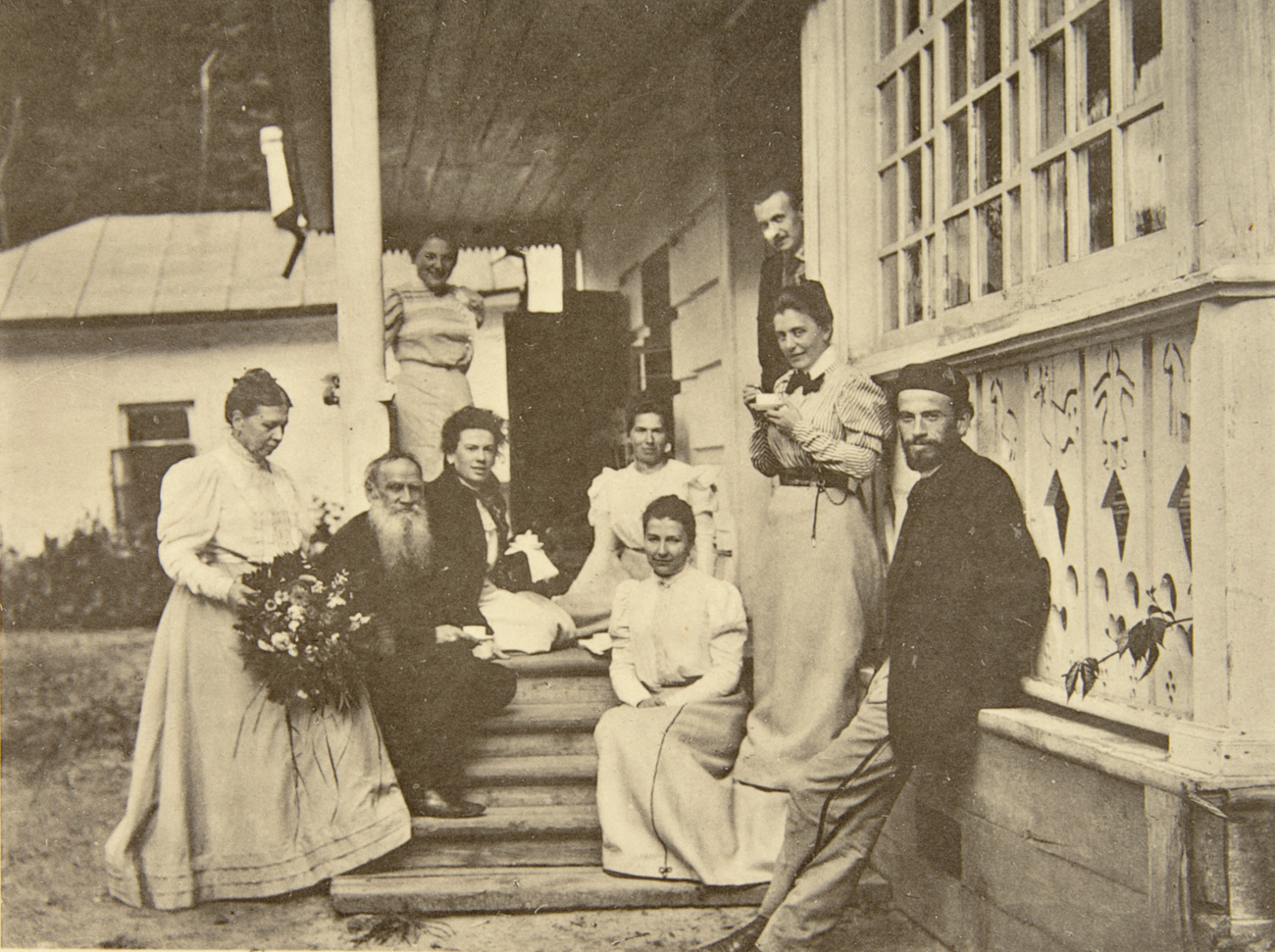
The ‘Tolstoyan’ movement of his followers originated there and fans of the writer visit from all over Russia. The estate also houses the writer's grave, a modest hill without a cross or any tombstone, as the genius bequeathed.
2. Moscow
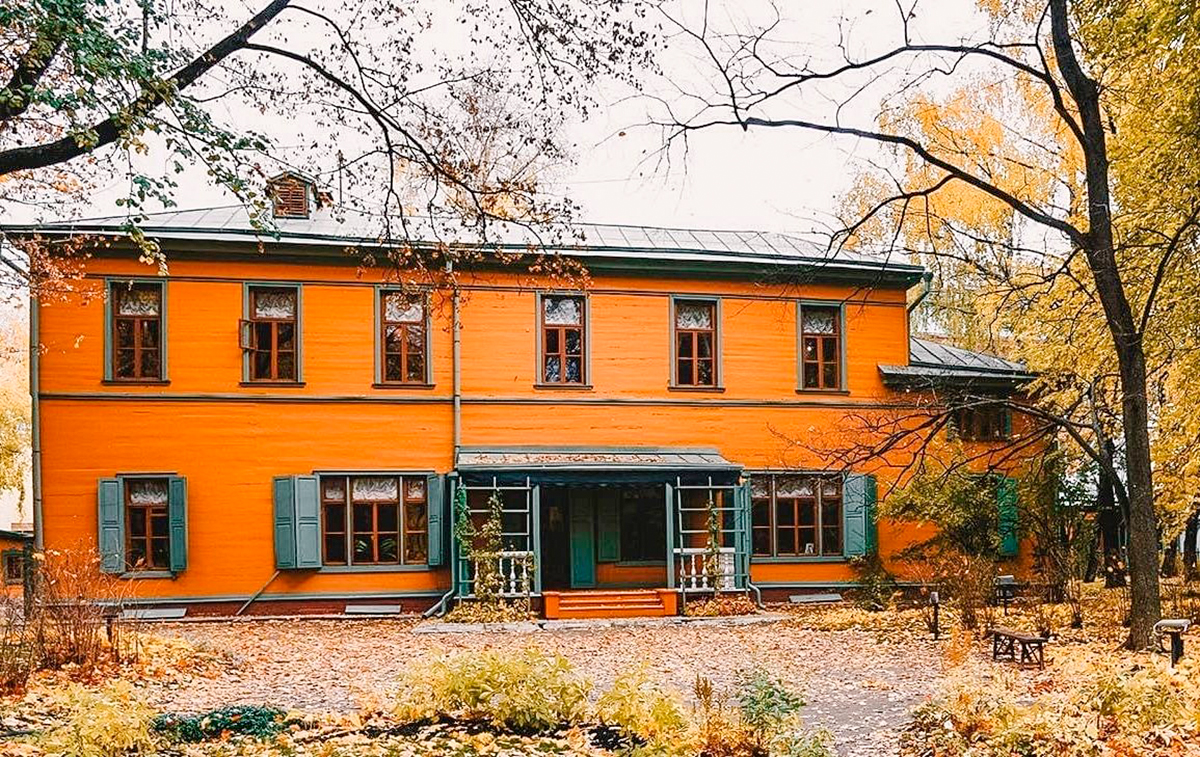
Tolstoy first came to Moscow at the age of eight and the city made an incredible impression on him. He was particularly impressed by the view of the Kremlin (his delight was reflected in ‘War and Peace’). There are several Tolstoy-related addresses in Moscow. But, the main place is his house in the district of Khamovniki.
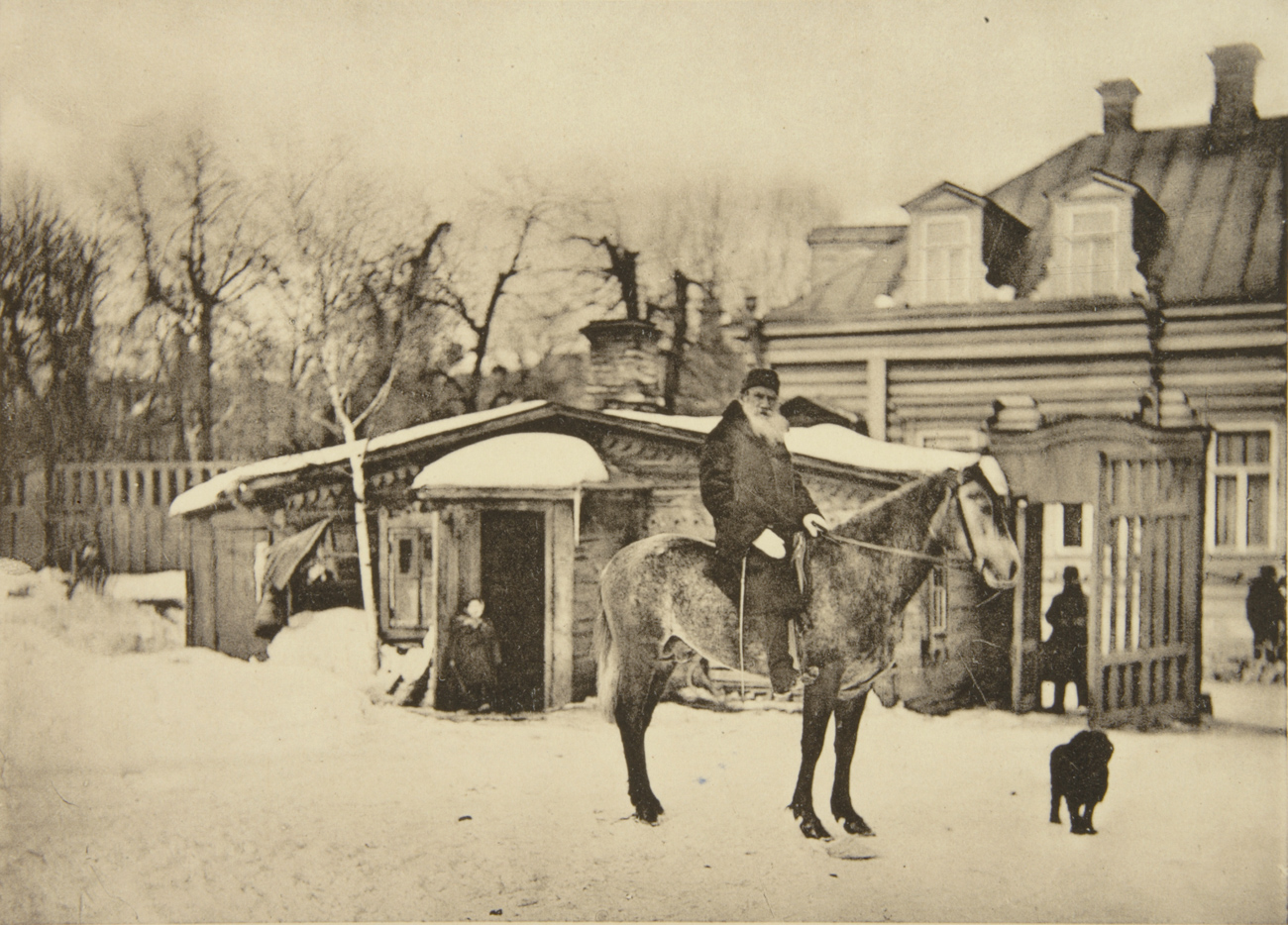
The writer bought this wooden mansion in 1882 and, since then, the whole family spent every winter there. Khamovniki then became a real cultural center of Moscow: the most famous writers, composers, musicians, artists and critics would often visit Tolstoy.
3. Kazan
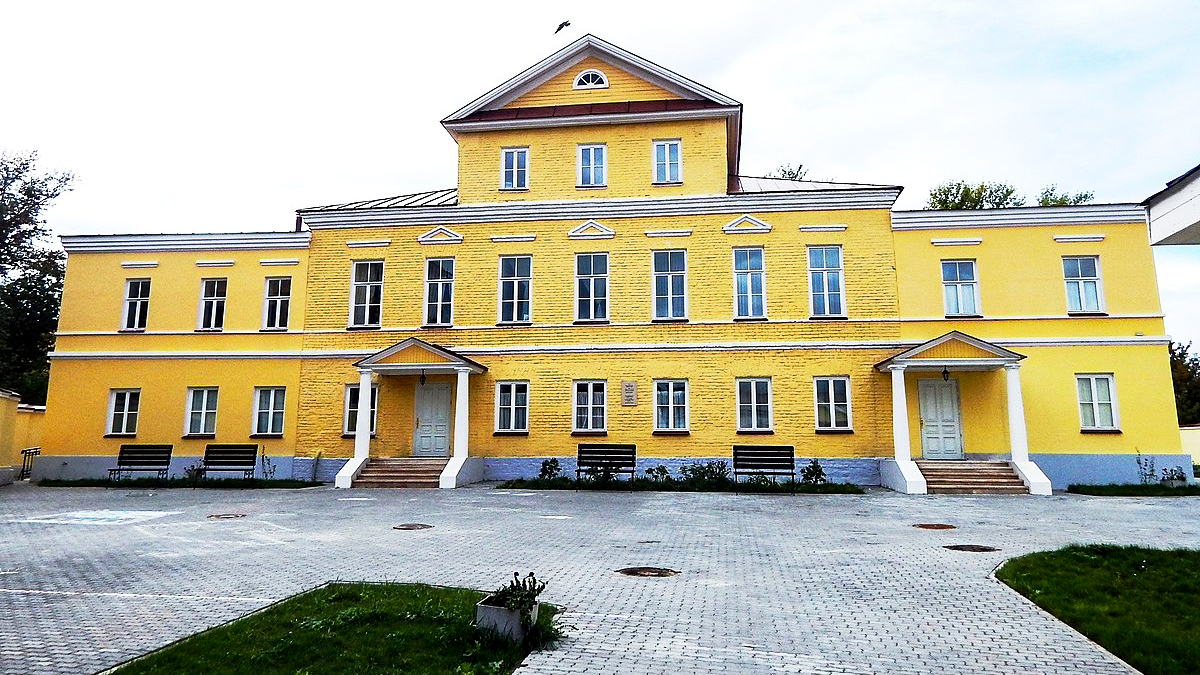
Tolstoy was forced to move there as a child after the death of both his parents. He stayed with Pelageya Yushkova, his aunt and caretaker. There, he began to write a diary and reflect on his life and thoughts deeply.
Tolstoy then enrolled at the prestigious Kazan University and studied there for several years. However, he dropped out without graduating. That was the first time he showed his non-systemic nature and realized that he was disgusted by the imposed education. He wanted to educate himself and that’s what he did for the rest of his life, reading philosophical pieces and learning new languages until a very senior age.
4. The Caucasus
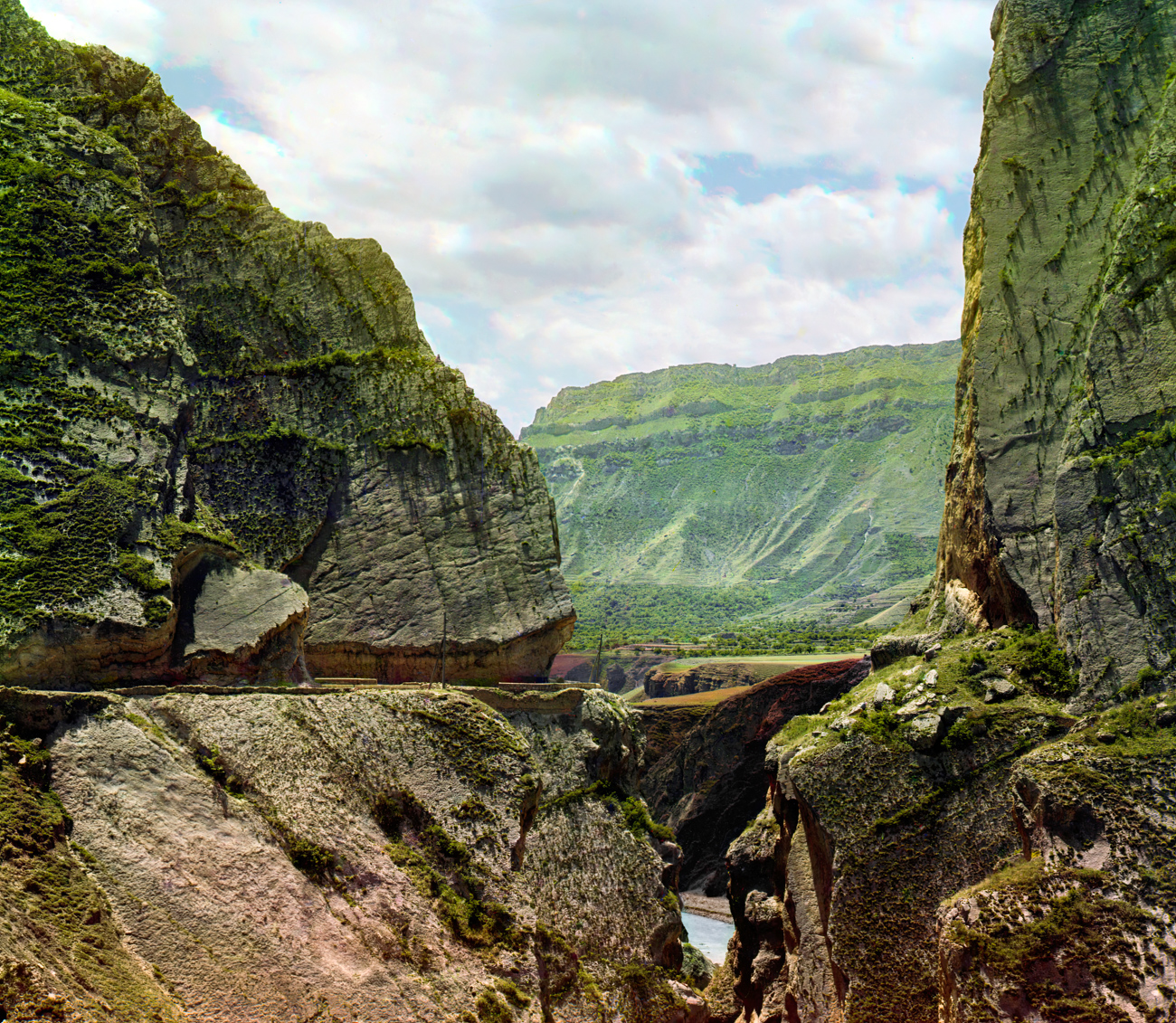
Tolstoy couldn’t explain to himself what drove him to the Caucasus. Single, unfettered, he seemed to be looking for his way in life. Tolstoy joined the army, served in the artillery and participated in skirmishes with the armed groups of Caucasians, who opposed the establishment of the Russian Empire in the region. It was there that Tolstoy wrote his first serious work, the autobiographical novel ‘Childhood’.
The events of the Caucasian War left a serious imprint not only on Tolstoy's work, but also on his worldview. In the late novella ‘Hadji Murad’ he wrote with obvious sympathy about the rebels, whose life had been intervened by the great power of the empire.
5. Crimea
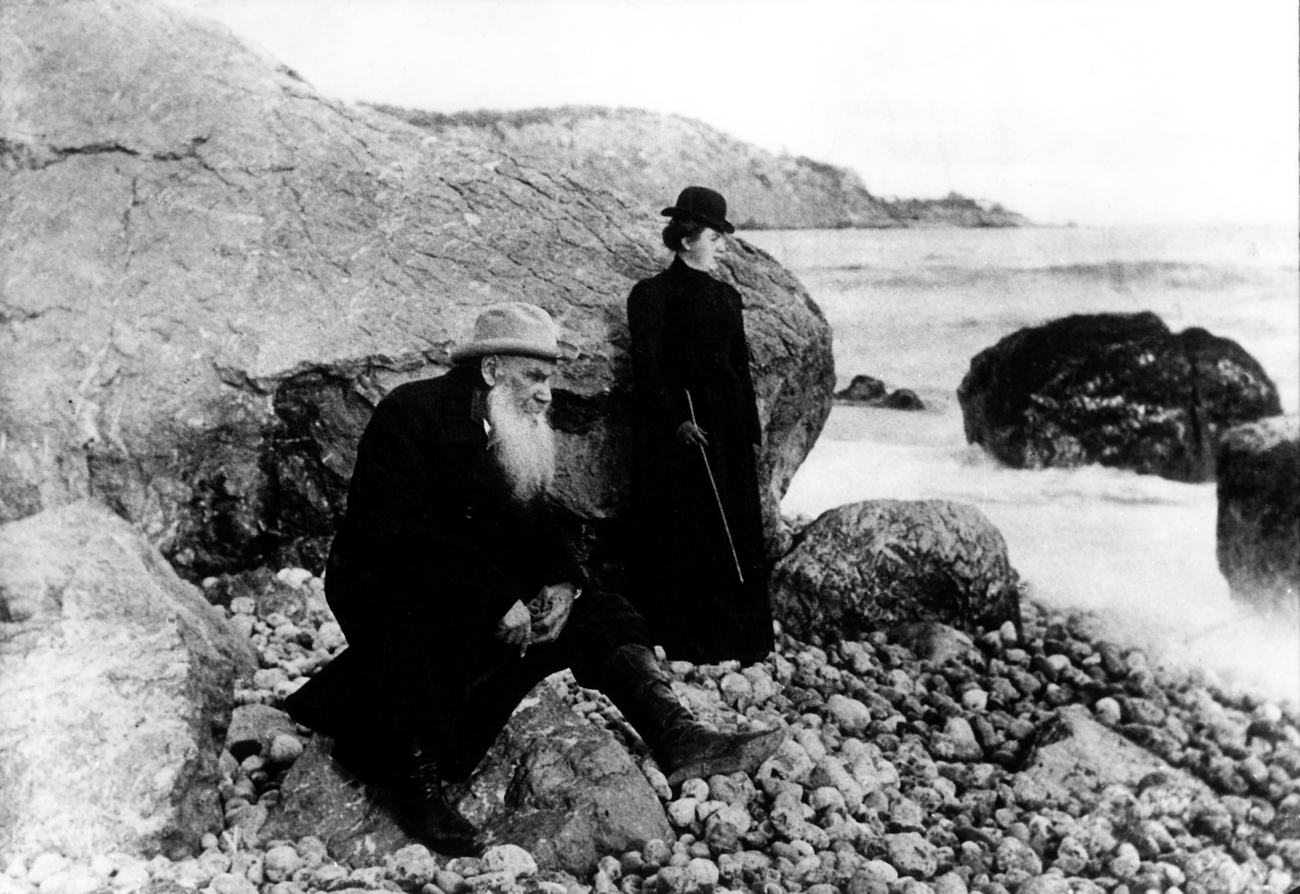
In 1853, Tolstoy transferred from the Caucasus to serve in Crimea. He participated in the Crimean War and its horrors and senselessness were reflected in his ‘Sevastopol Sketches’, where Tolstoy actually acted as the first official Russian war correspondent. This collection of short stories brought him his first fame and even impressed Emperor Alexander II.
6. St. Petersburg
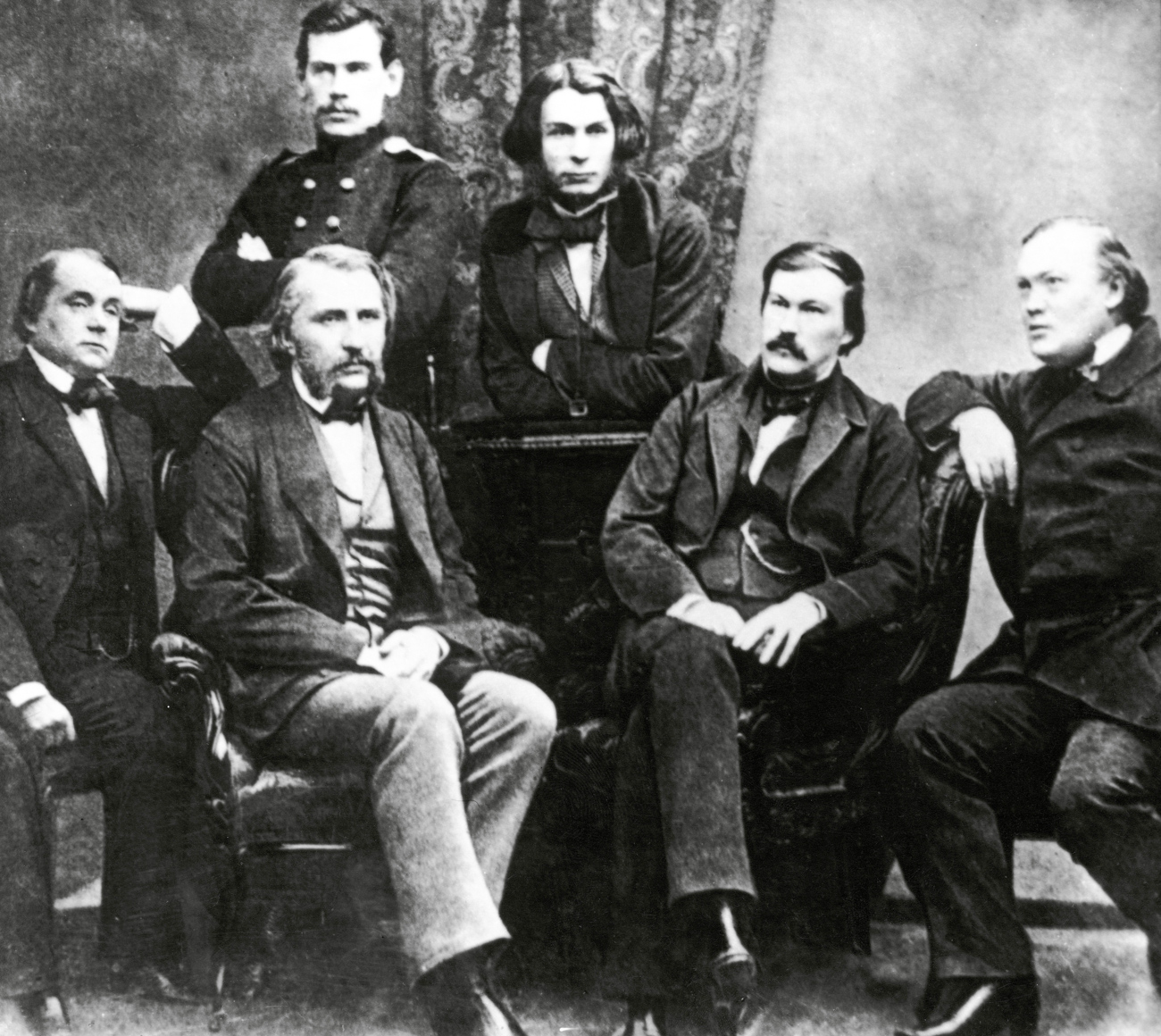
Tolstoy stayed in the then capital of the empire only for a while. He went there after military service, which he left in 1856. In St. Petersburg, young Tolstoy mostly partied and participated in social life, but also got acquainted and became friends with already famous authors. And, for example, Ivan Turgenev blessed him to become a writer.
That short time in the capital still managed to influence Tolstoy's work, as, in many of his novels, he describes a brilliant and cold secular St. Petersburg.
7. Optina Pustyn Monastery
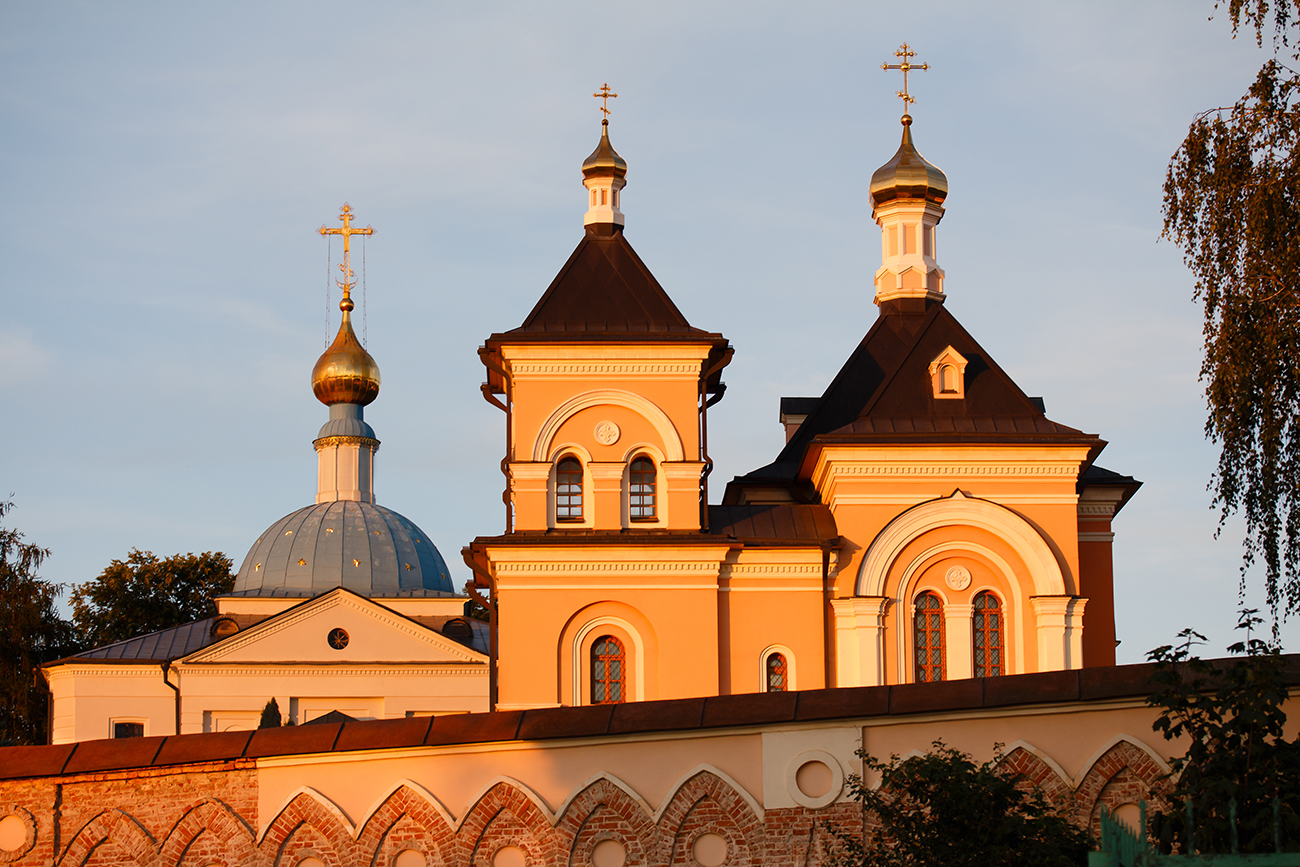
In the 19th century, this monastery near the town of Kozelsk (now Kaluga Region) was one of the most important spiritual centers of Russia. Tolstoy spent a lot of time there in conversations with monks, in particular with the famous elder Ambrose of Optina.
Religion and faith played a crucial role in Tolstoy's life. There was a time when he himself wanted to become a monk in Optina Pustyn. However, the crisis of faith of the 1880s and spiritual struggles only led to Tolstoy's excommunication from the church.
8. Astapovo Station (now Lev Tolstoy Station)
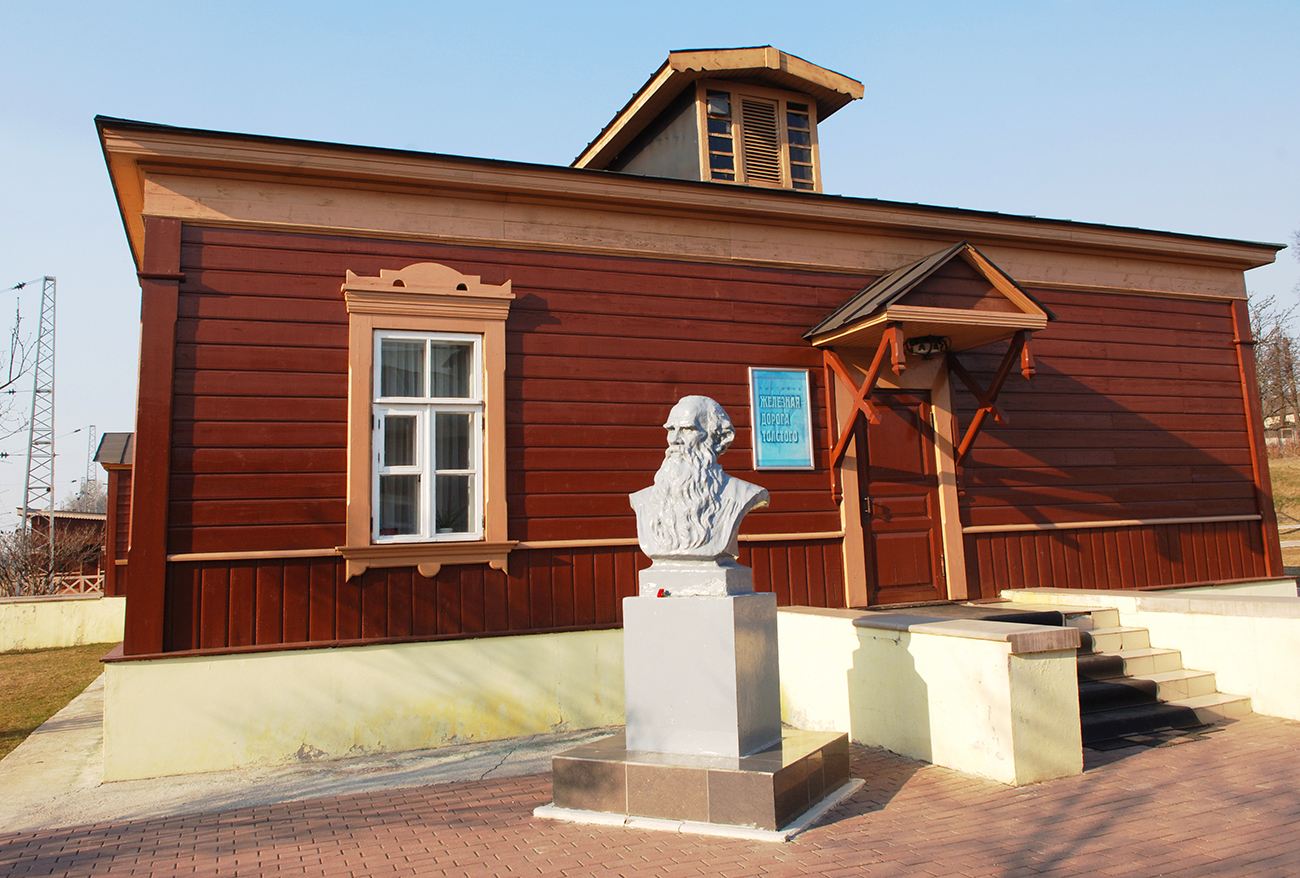
This small station would have remained an unknown point on the map if it was not for Tolstoy. At the age of 82, the writer allegedly ran away from home to “gain freedom”. Accompanied only by his doctor, he boarded a train and went south. But then, he got seriously sick and, 10 days later, he died in the house of the station chief, under the scrutiny of the press. In 1918, the station was renamed and now bears the name of the writer.
